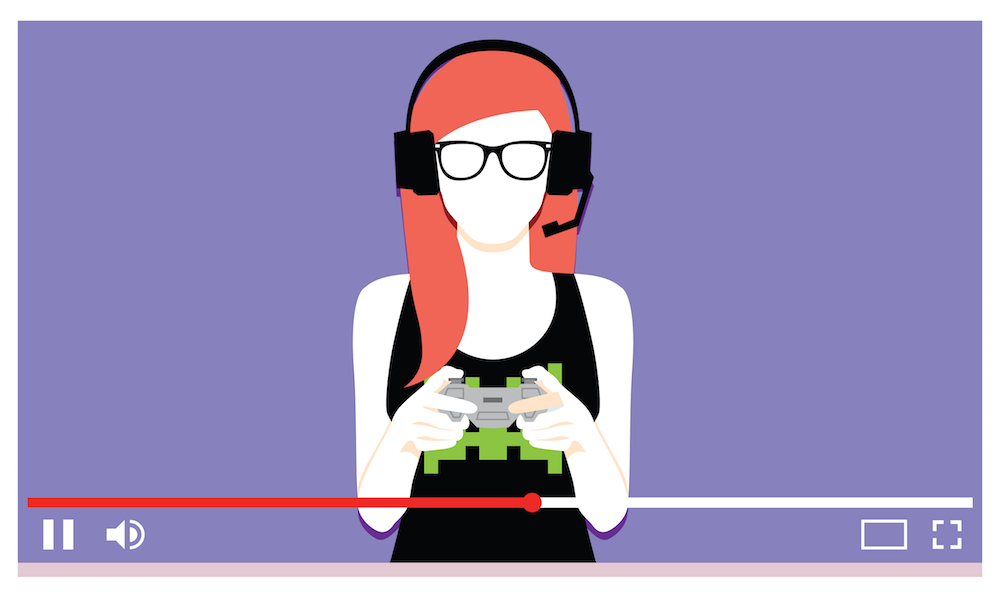Young people now spend 47 minutes a day with video on mobile and gravitate to short-form, premium content, according to a new joint study from National Research Group and Snap Inc.
1,000 smartphone owners in the US covering the Gen Z and Millennial age ranges were polled for their video viewing habits in May this year with the aim of teasing out a few key insights and trends for marketers and advertisers.
The study found that the smartphone is now the primary content consumption device for people aged 13 to 35, and engagement continues to rise on them having soared 40% during 2020 alone.
More than three quarters said that they have spent more time with video content this year compared to 2019, and the majority of respondents now watch a video at least once a day.
General screen time is also increasing – respondents averaged almost four and a half hours a day on smartphones, with 47 minutes of that time being taken up by video consumption.
While smartphones lead the way for media consumption for younger people, video content is still consumed more on other connected devices and over-the-top media services, which account for 50 minutes of viewing time.
The smartphone is way ahead of laptops and desktops (24 minutes) though and is also edging out the traditional TV.
Mobile lagged behind TV by six minutes two years ago, but the study expects the latter to decline through the remainder of 2020 and into 2021.
The preference for mobile-optimised content is strong with younger age groups compared to older generations, who still log a considerable amount of TV time each day.
For Millennials and Gen Z, short form remains king as 80% of respondents said that high-quality, snackable content is best as it allows them to jump into trending conversations and keep track of current events without a significant time investment.
70% said that they prefer to engage with clips that have a shorter runtime, which goes against a recent trend in wider marketing where bite-size is being eschewed for premium programming.
More than half of young people said that full-length video takes up too much of their time.
Brands looking to engage with teenagers and people in their 20s need to leverage social platforms and other digital channels as 85% of respondents said that tech is an important means for them to express themselves and contribute to something.
Video content also helps young viewers to feel more connected to the story, provides them with a “sense of adventure and excitement”, and empowers them to be a trendsetter.
Snap director Vanessa Guthrie added: “The stories that you tell must lean into the intimacy factor of the phone. Beyond the fact that it’s a totally different medium, it’s so much more personal – and so the types of stories, and the way you tell them, have to be truly made for mobile.”
Video has also been used as a coping mechanism for people during the lockdown, with 88% revealing that it entertained them and helped them to escape with laughter and distraction and 77% saying that it aided their own personal growth and wellness.




